Purple Haircare
Create Your Own Purple Haircare Treatment, with how-to-video
I went blonde a few months ago. 2020 saw the world turned upside down so I felt like a change. (Questionable decision in a time when getting to the hairdresser to address regrowth isn't always an available option!) With my new light tresses I became interested in purple haircare, how it works and how it could help tone my hair. Since I've been making my own haircare products for years I decided I would see if it was something I could do myself. Like a lot of things in the cosmetic industry I assumed it was some overwhelmingly complicated concoction, filled with chemical ingredients with names that I couldn't pronounce, but the more research I did, turns out it's very simple, it's literally just the colour purple.| Because purple sits directly opposite yellow on the colour wheel, the idea is that purple tones cancel out yellow tones. So using purple shampoo and conditioner helps keep blonde hair blonde instead of stripping the toning work that your hairdresser has done with every wash and slowing it from moving quickly into Lisa Simpson territory between appointments. I've been in love with shampoo and conditioner bars for the past couple of years as a way to reduce my plastic waste, and while the shampoo bars are excellent to convert into "purple shampoo bars", since my hair has been drier than usual because of the lightening treatments necessary to take me from dark to light, I felt like I wanted a liquid conditioner that I could really slather on and set to work. (I've been storing my conditioner in an empty coconut yogurt jar, so there's still been no plastic waste in the process or in my shower.) |
 |
Note: These recipes are my personal favourites but the point here is the purple, so if you already have a recipe that you love you can simply add purple to that to the same affect.
Purple shampoo bars
Ingredients
Makes 400g - makes 6 bars Guest square moulds
Increase Formula - Go Native NZ Batch Size Calculator
Phase A
59.5% | 238g SCI sodium cocoyl isethionate
15% | 60g Decyl glucoside
10% | 40g Cetearyl alcohol
7% | 28g Conditioner pellets
2% | 8g Cocoa butter, certified organic, deodorised
Phase B
1% | 4g Hydrolysed wheat protein
1% | 4g Lactic acid
1% | 4g Coco caprylate
2% | 8g Lavender Essential Oil
0.5% | 2g Purple mica
1% | 4g Geogard 221
Method
(Work in a well ventilated area, put on your dusk mask and turn on the extractor fan if you have one, the SCI fumes are very unpleasant at the beginning.)
- Melt Phase A ingredients in a pot on the stove. Once it's starting to melt, blend with a stick blender to speed up the process and get a smoother finished bar. Blend until the mixture comes together to form a paste-like consistency.
- Take the pot off the heat and blend in Phase B ingredients.
- Using a spatula, pour the mixture into moulds. Smooth top over with a knife. It can be difficult to get a clean finish so don’t worry if it’s a bit messy.
- Pop them in the fridge to set.
Instructional video: Purple haircare
Note: This formula has been tweaked slightly since the making of this video. Please refer to ratios here rather than in the video.
Purple conditioner
Ingredients
Makes 250g
Phase A
84% | 210g water
5% | 12.5g Conditioner pellets
Phase B
3% | 7.5g Aloe vera gel
2% | 5g Hydrolysed quinoa
2% | 5g Coco caprylate
2% | 5g Coco glucoside & glyceryl oleate
Phase C
0.5% | 1.25g Purple mica
1% | 2.5g Geogard 221
0.5% | 1.25 Lavender Essential Oil
Method
- Gently heat Phase A ingredients in a pot on the stove until the pellets have melted.
- Take off the heat and blend with a stick blender off and on until cool and starting to thicken.
- Add Phase B ingredients and continue blending until thick.
- Add Phase C ingredients and blend until combined.
- Pour into containers.
About the ingredients
We know some of these ingredients might be unfamiliar so here's a quick summary of what they are and what you do.
SCI (sodium cocoyl isethionate) - a coconut oil-based surfactant. It is very mild on skin, hair and eyes and has a silky skin feel. SCI makes a great lather and is good for making liquid shampoos and solid shampoo bars.
Conditioner pellets (aka BTMS-25) - Derived from rapeseed oil and palm oil (RSPO mass balance certified), these pellets make a luxurious hair conditioner (the best we've ever come across) and hair detangler for leave-on and rinse-off products.
Decyl glucoside – one of the first of the alkyl polyglucoside (APG) surfactants. APG surfactants are obtained from renewable, plant-derived raw materials, such as vegetable oils and starch. They have first-rate environmental and skin compatibility profiles and fit in well with consumer demands for wellness, 'green solutions', mildness to human skin, and safety for human health.
Lactic acid - Our lactic acid is produced from fermented corn. It is used to make a harder and longer-lasting bar and has excellent exfoliant, moisturising and deep cleansing properties.
Hydrolyzed Quinoa - considered a complete protein, packed with vitamins and minerals as well seventeen amino acids, including all eight essential amino acids, which help repair damage to the hair shaft while its proteins coat and strengthen the hair. It can help to gently cleanse and nourish your hair while aiding in hair colour retention, conditioning and protection. Also said to aid in hair growth while preventing breakage, increase shine and healthy appearance of the hair.
Coco caprylate – a skin and hair conditioning agent naturally derived from coconut oil to provide hydration, spreadability and slip.
Aloe vera gel - can help calm an itchy scalp, deep condition hair, promote healthy hair growth, repair strands of hair, reduce dandruff and even curb hair fall and leave hair smooth and shiny.
Cocoglucoside & glyceryl oleate - a viscous liquid used in shampoos and conditioners to soften hair. It is known as a lipid layer enhancer, which means it restores some of the oils to the hair that the surfactants remove.
Purple mica - is a fine mineral powder, made by coating a mica flake with a metal oxide, iron oxide or zirconium dioxide. In this case titanium dioxide, tin dioxide and manganese violet. All our micas are ethically sourced, vegan, cruelty free, natural, safe and nontoxic.
Geogard 221 - Ecocert approved, broad spectrum preservative.





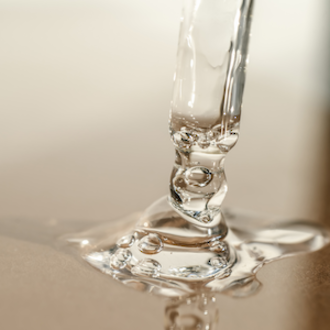
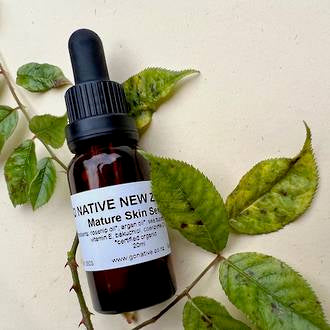
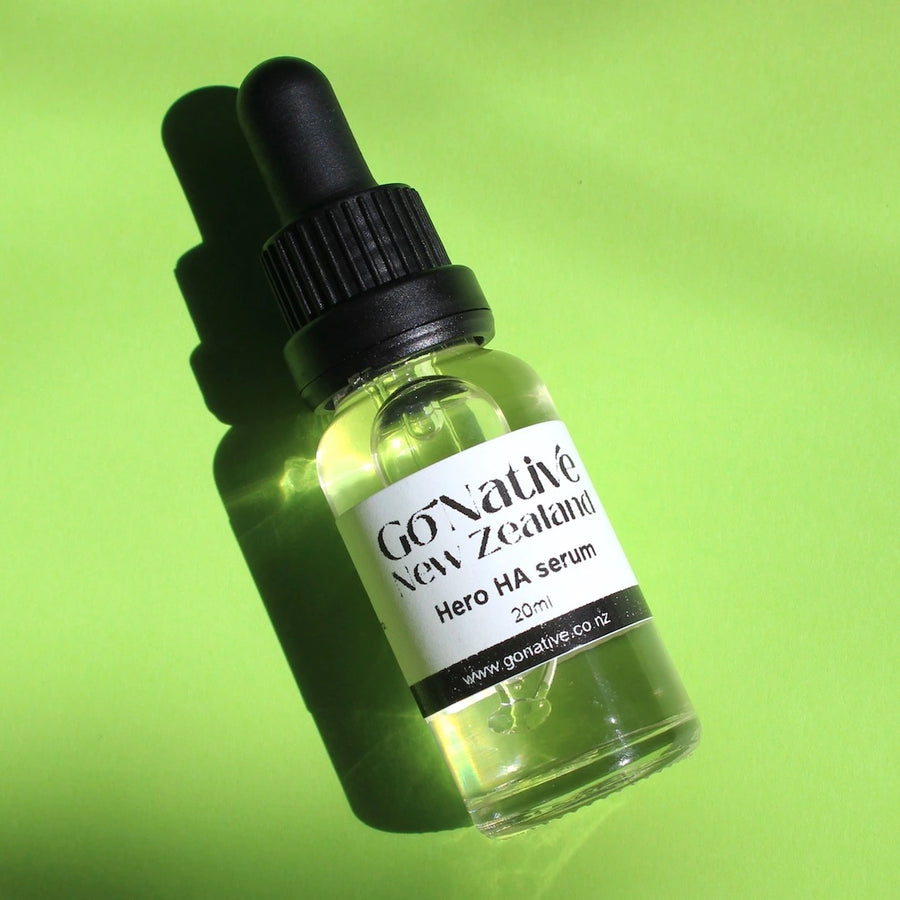
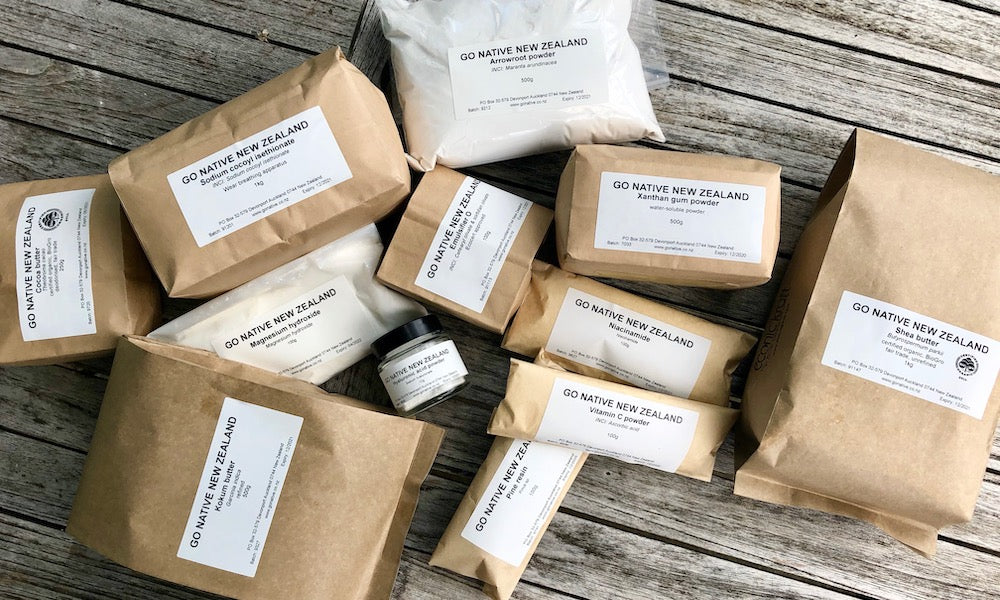
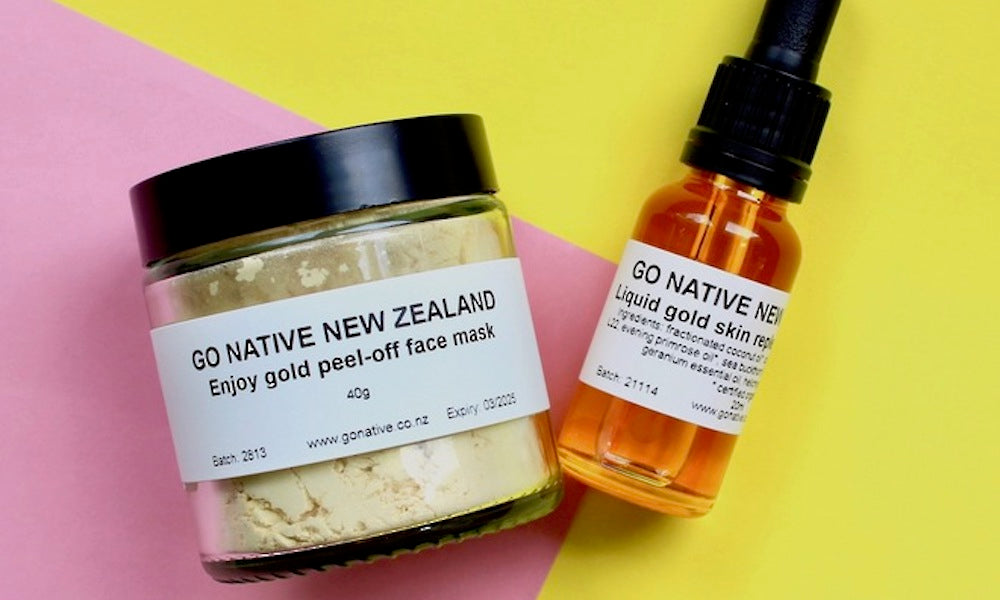
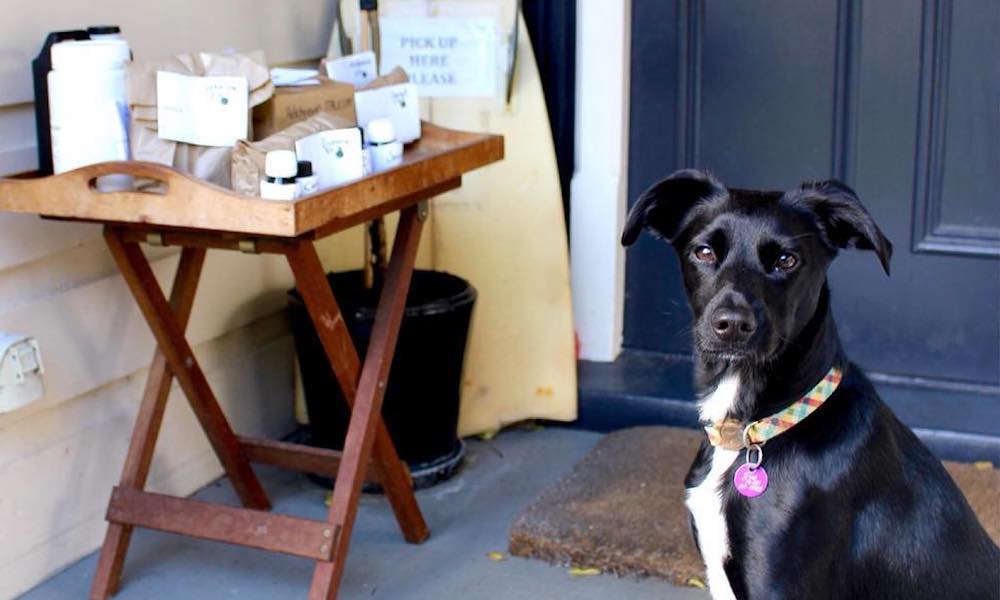

Leave a comment